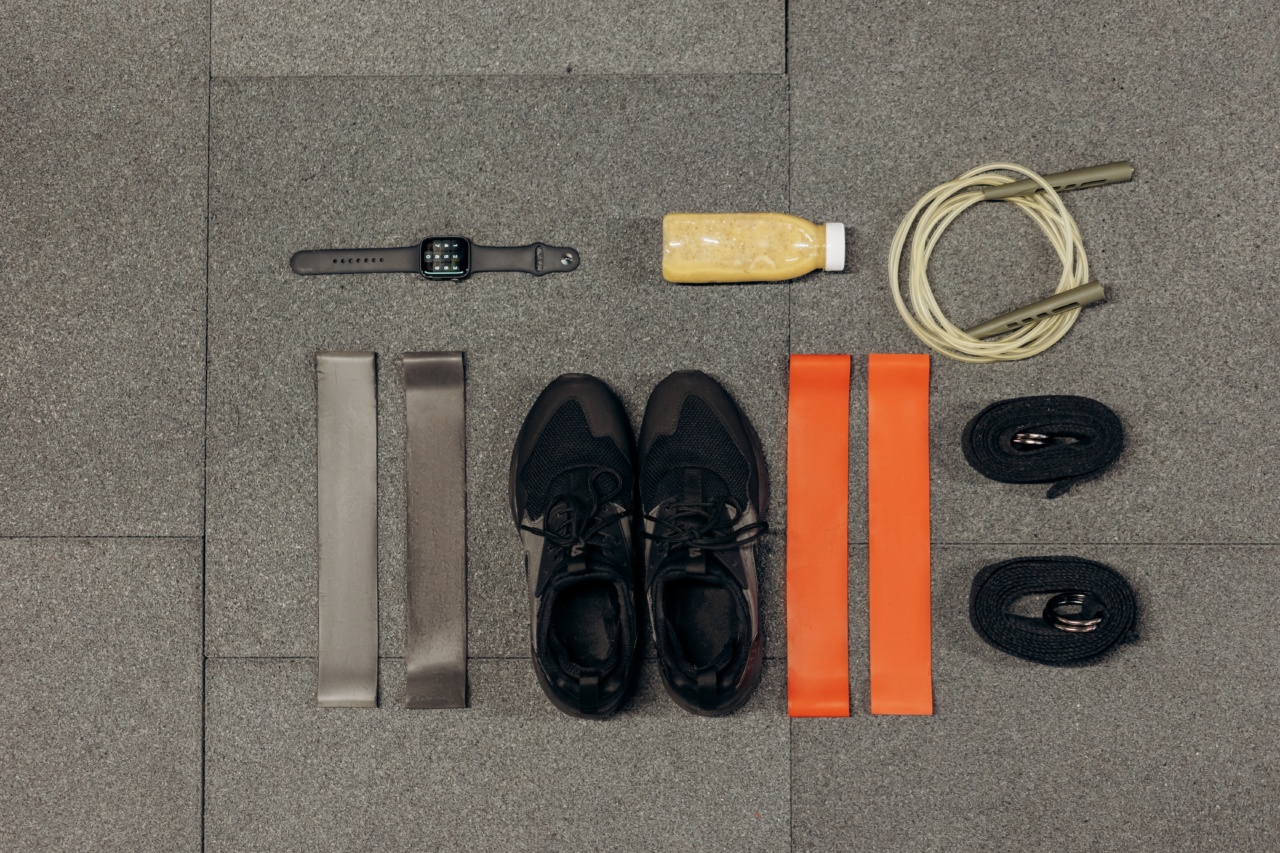Struggling with weight loss can be a frustrating experience. It’s not just about fitting into your clothes or feeling good about yourself; it’s also about your health.
Being overweight can lead to several health challenges, such as high blood pressure, heart attack, and diabetes, among others.
If you have tried different weight loss programs that did not work, you’re not alone. Fortunately, there are effective home-based weight loss programs that you can try. This article discusses a home-based weight loss program that works.
Understanding the Basics of Weight Loss
To achieve effective weight loss, you need to understand the basics of weight loss. To lose weight, you need to burn more calories than you consume. It means that your body should be in a calorie deficit to lose weight.
You can achieve this in two ways: by reducing your calorie intake or increasing your physical activity.
Steps to Get Rid of Your Extra Pounds
Here are steps you can follow to shed off the extra pounds:.
Step 1: Set Realistic Goals
Before embarking on any weight loss journey, you need to set realistic goals. Make sure your goals are achievable and specific.
For instance, instead of setting a goal to lose 50 pounds in two months, set a specific target of losing two pounds a week for 25 weeks.
Step 2: Keep Track of What You Eat
Keeping track of what you eat is crucial in any weight loss program. Use a food diary to track what you eat. You can also use different mobile applications that can help you keep track of what you eat.
Step 3: Focus on Whole Foods
Eating whole foods can help you achieve effective weight loss. Whole foods are foods that are free from artificial additives and processing. Examples of whole foods include fruits, vegetables, whole grains, and lean meats.
Step 4: Be Mindful of Your Portions
Eating the right portions can help you manage your weight. Use smaller plates and bowls to control your portions.
Step 5: Drink Lots of Water
Drinking water is vital in any weight loss program. Water keeps you hydrated and helps to flush out toxins from your body. Moreover, drinking water can help you manage your appetite and prevent overeating.
Step 6: Incorporate Physical Activity into Your Daily Routine
Incorporating physical activity into your daily routine can help you burn more calories. Aim for at least 30 minutes of moderate physical activity per day, such as jogging, cycling, or swimming.
Step 7: Get Enough Sleep
Getting enough sleep is crucial in any weight loss program. Lack of sleep can lead to increased hunger and cravings, which can lead to overeating.
Step 8: Reduce Stress
Reducing stress can help you manage your weight. Stress can lead to increased cortisol levels, which can lead to overeating and weight gain.
Step 9: Stay Consistent
Consistency is crucial in any weight loss program. Stick to your goals, eat right, exercise regularly, and get enough sleep.
Step 10: Celebrate Your Successes
Finally, when you achieve your weight loss goals, celebrate your successes. Reward yourself with something you love, such as a massage, new clothes, or a weekend getaway.
Conclusion
Weight loss can be a challenging journey, but with these steps, you can achieve your weight loss goals. Remember, losing weight is not just about looking good; it’s also about your health.
Start your weight loss journey today and reap the benefits of a healthier lifestyle.































